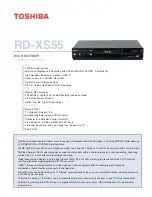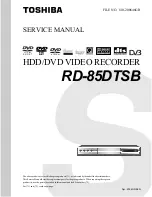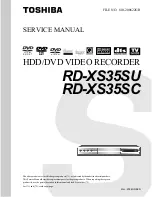
model name1[MZ-B100] model name2[MZ------]
[3-235-455-
11
(1)]
masterpage:Right
filename[C:\SON_SSIAJX_102\MZ-B100\3235455121GBESRU\02GB-
MZB100UCE\040OPE.fm]
53
-GB
Explanations
What is the newly developed
DSP TYPE-R for ATRAC?
“TYPE-R” is a high-level Sony specification
used in the Digital Signal Processor (DSP),
which is heart of the MiniDisc sound. This
technology gives the MiniDisc recorder
twice the signal processing capability as
previous MiniDisc Walkman models,
producing a sound quality close to that of
MiniDisc decks.
How the MiniDisc got so small
The 2.5-inch MiniDisc, encased in a plastic
cartridge that looks like a 3.5-inch diskette
(see illustration on the left column), uses a
new digital audio compression technology
called ATRAC (Adaptive TRansform
Acoustic Coding). To store more sound in
less space, ATRAC extracts and encodes
only those frequency components actually
audible to the human ear.
The meaning of “no sound”
“No sound” describes a recorder condition in
which the input level is about 4.8 mV during
analog input or less than –89 dB during
optical (digital) input (with 0 dB as full bit
(the maximum recordable level for a
MiniDisc)).
Quick Random Access
Like CDs, MDs offer instantaneous random
access to the beginning of any music track.
Premastered MDs are recorded with location
addresses corresponding to each music
selection.
Recordable MDs are manufactured with a
“User TOC Area” to contain the order of the
music. The TOC (Table of Contents) system
is similar to the “directory management
system” of floppy disks. In other words,
starting and ending addresses for all music
tracks recorded on the disc are stored in this
area. This lets you randomly access the
beginning of any track as soon as you enter
the track number (AMS), as well as label the
location with a track name as you would a
file on a diskette.
Shock-Resistant Memory
One major drawback of optical read systems
is that they can skip or mute when subjected
to vibration. The MD system resolves this
problem by using a buffer memory that
stores audio data.
User TOC Area
Music Data
Contains the order and start/end
points of the music.
















































